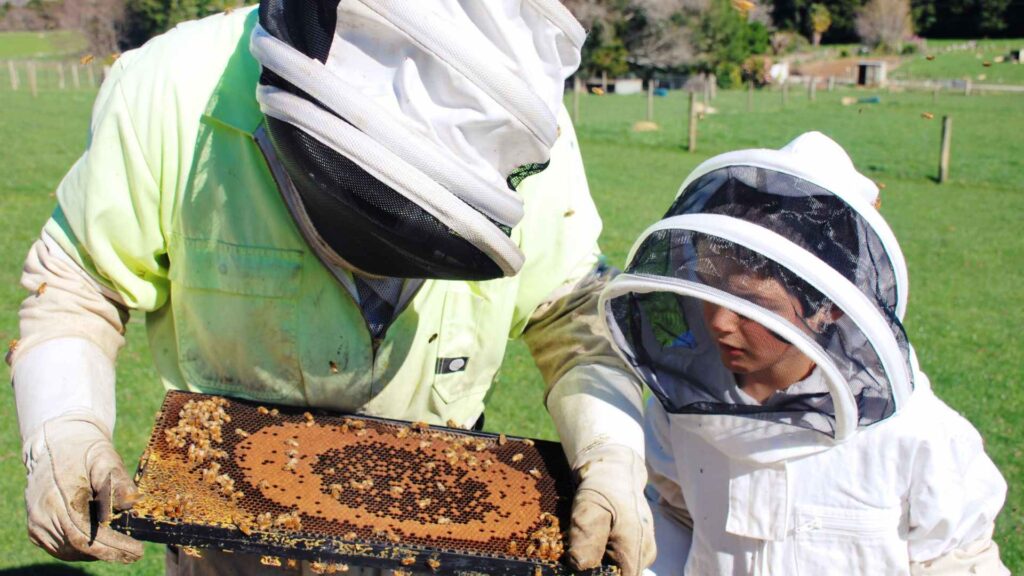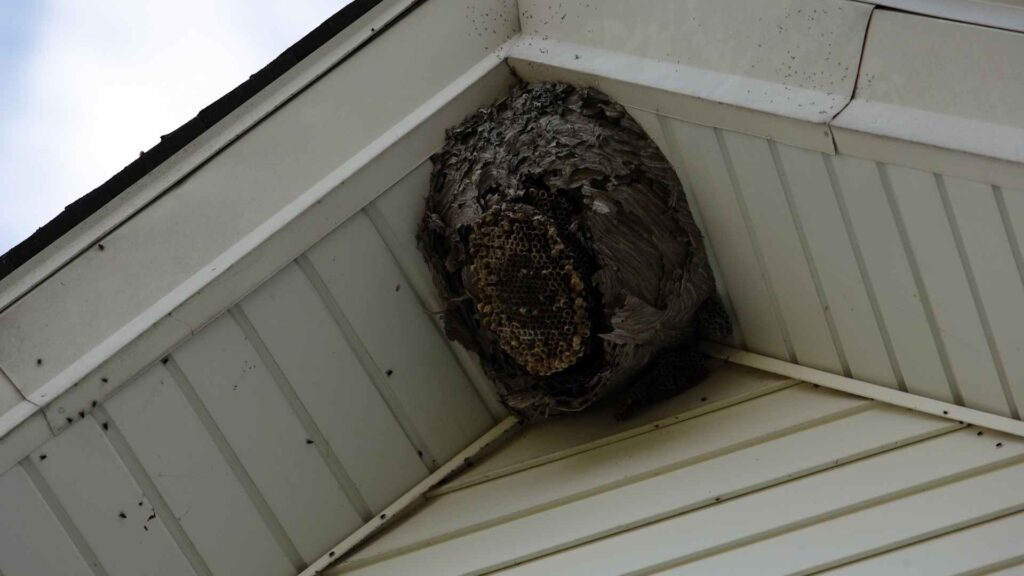Table Of Content
ToggleEver heard a mysterious buzzing coming from your walls? It could be wasps! These stinging insects can build nests in hidden cavities, leaving you wondering – how do I know for sure there are wasps in my walls?
As a pest control expert, I’m here to share the telltale signs and effective ways to confirm (and eliminate!) a wasp infestation.
Wasps might be lurking behind your walls if you notice these signs:
Discover safe wasp control solutions for your home.

Now that you know the signs, how can you be sure? There are two ways:
DIY Inspection Methods:
Professional Inspection Services:
For a guaranteed confirmation and complete peace of mind, consider hiring a professional pest control service. Here’s what we offer:
Learn more about our eco-friendly wasp removal methods.
Once you’ve confirmed a wasp infestation, the next step is removal. Here’s how to decide:
Decision Making After Confirmation:

If you choose DIY, prioritize safety with these techniques:
For larger or hard-to-reach nests, or if you’re unsure about handling the situation safely, it’s best to contact a professional pest control service we have the best way to get keep wasp away from your home.
Schedule a wasp inspection with our experts today.

As a pest control expert, I recommend taking action as soon as you suspect wasps in your walls. Early detection and treatment minimize the risk of stings and ensure a safe living environment.
Don’t hesitate to seek professional help for complete peace of mind and effective wasp removal. Remember, safety and a wasp-free home are top priorities!
A wasp in a wall can produce buzzing or scratching sounds, depending on its activity. The buzzing sound is often constant or frequent, indicating active wasp movement within the wall cavity. On the other hand, scratching noises may suggest the wasps are chewing on wood or nesting materials, especially if heard near potential entry points.
If you have wasps in your walls, it’s crucial to confirm their presence and take appropriate action. Start by identifying signs of wasp activity such as buzzing sounds, sightings near wall openings, or visible nests. Once confirmed, consider hiring professional pest control services for safe and effective removal, especially for large or hidden nests that pose risks during DIY removal attempts.
You can know if you have a wasp infestation by observing several telltale signs. These signs include buzzing sounds, repeated wasp sightings near wall openings, visual confirmation of nests, increased wasp activity around your home, and heightened aggression levels from the wasps, particularly when their nest is threatened or disturbed.
The lifespan of wasps in a wall can vary. Generally, worker wasps can live for several weeks to months, depending on factors like species, environmental conditions, and availability of food sources. However, if a wasp colony establishes itself in a wall cavity with suitable conditions, such as protection from weather and predators, the colony can persist for a season or more, with new generations replacing older ones over time.
Your trusted pest control experts in Southern California. Keeping your neighborhood pest-free!